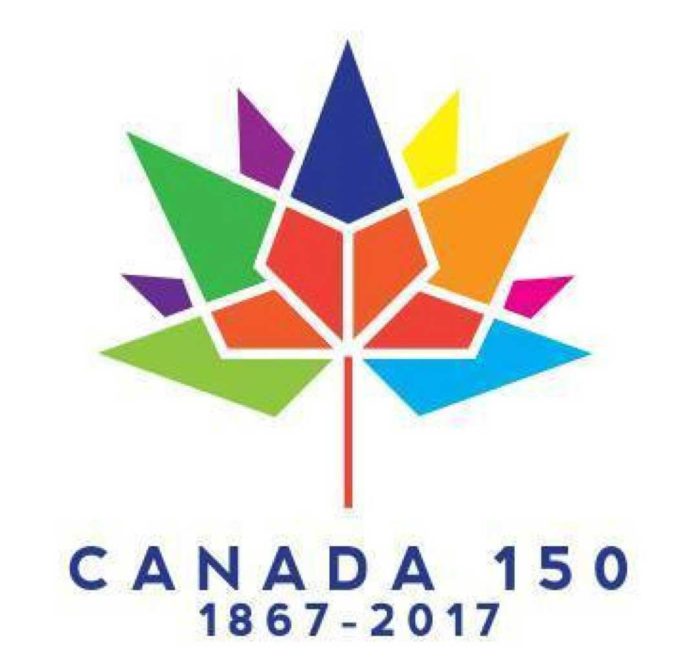If there is an element central at all levels to dealing with the aftermath of the residential school system and moving toward truth and reconciliation in our society, it is education. For nations, any nation, education is fundamental to its destiny—and that is true for very few more so than Canada’s first peoples.
This week provides a landmark opportunity for the Anishinaabek to take control of their own destiny, as taking that control is the first step on the path away from the colonial system that has caused so much pain and agony for the indigenous people of this land.
There is no doubt that there are flaws and compromises within the document that has been negotiated by the Anishinaabek Nation on behalf of their 40 member communities, but although only three quarters of those communities are currently voting on the document known as the Anishinaabe Education Agreement (AEA), the agreement puts in place not only the funding necessary to level the educational field but a system by which First Nation communities can wrest back control of institutions that are critical to the revitalization of heritage, language and culture.
While the issue at hand might seem to be only of concern to Native communities and indigenous peoples occupying the traditional territories of the Anishinaabe, nothing could be further from the truth.
The Ontario Grow North Plan, for all its flaws, was based on some very solid research and data analysis, and one of its key findings on labour forces in the North is very telling. The plan notes that within the next 25 years a major portion of the labour force in Northern Ontario will be coming from First Nations communities—and clearly points out that the education currently being provided to those future drivers of our Northern economy in federal schools is not of a standard that will allow them to take advantage of economic opportunities that are anticipated to come on line in the next quarter century. That hurts all of us.
Without the ability to take advantage of economic opportunities, First Nations residents will continue to languish economically, while jobs will continue to go to tradespeople coming from outside the region.
While blame is relatively easy, federal government has fallen far behind that of provincially funded systems, fixing the problems inherent in a poorly educated labour force are not. But those shortcomings can be overcome, given the political will.
At the moment, that political will appears to be in place with the current provincial and federal governments—both of which have promised to do more than mouth well-meaning platitudes in remediating the situation facing First Nation communities. The old saying “strike while the iron is hot” comes to mind.
Gaining control of education is a very important first step, and once in place it will be very difficult for succeeding regimes to roll such an agreement back.
The provisions of the proposed Anishinaabe Education System not only returns control of education to Anishinaabek Nation communities, a trend that is not only not happening in any sense in the non-Native school boards, who are headed in a completely different direction, but puts in place funding that will assist in repairing the damage inflicted by the residential school system and the ‘60s Scoop.
Education is a fundamental right and critical to any nation’s destiny. Today, the Anishinaabek Nation faces one of those critical moments in the path of national destiny. To paraphrase a famous non-Native saying—now is the time for all Aninshinaabe to come to the aid of your nation. Take back control of your children’s education.




